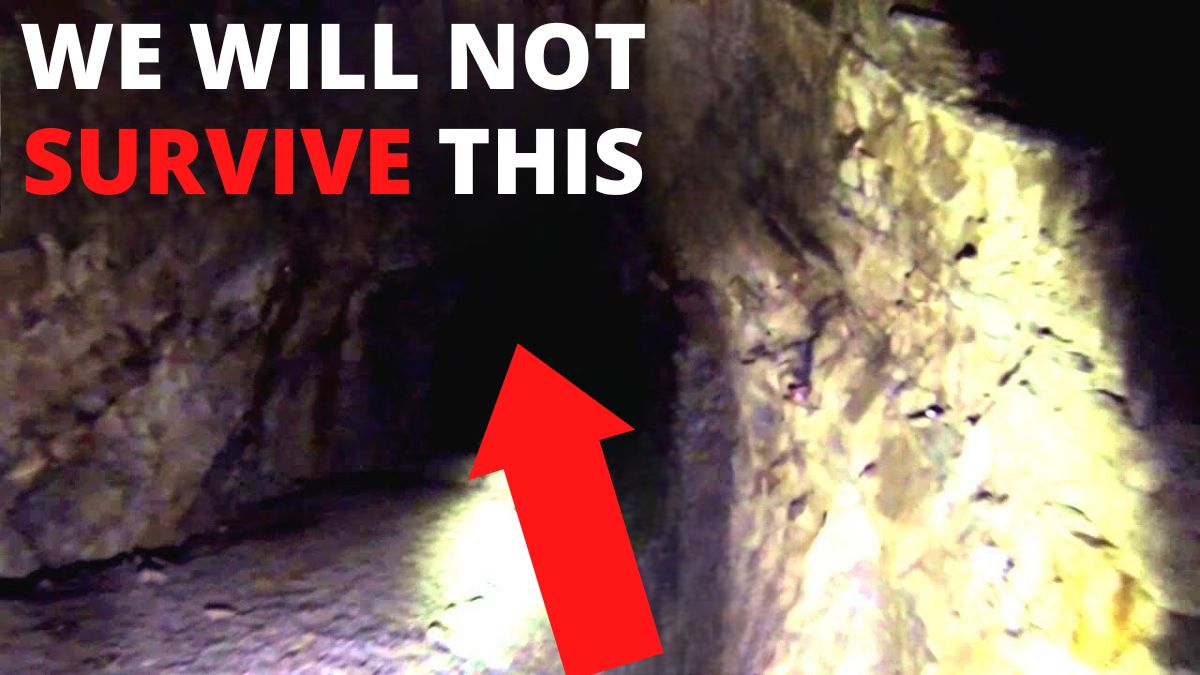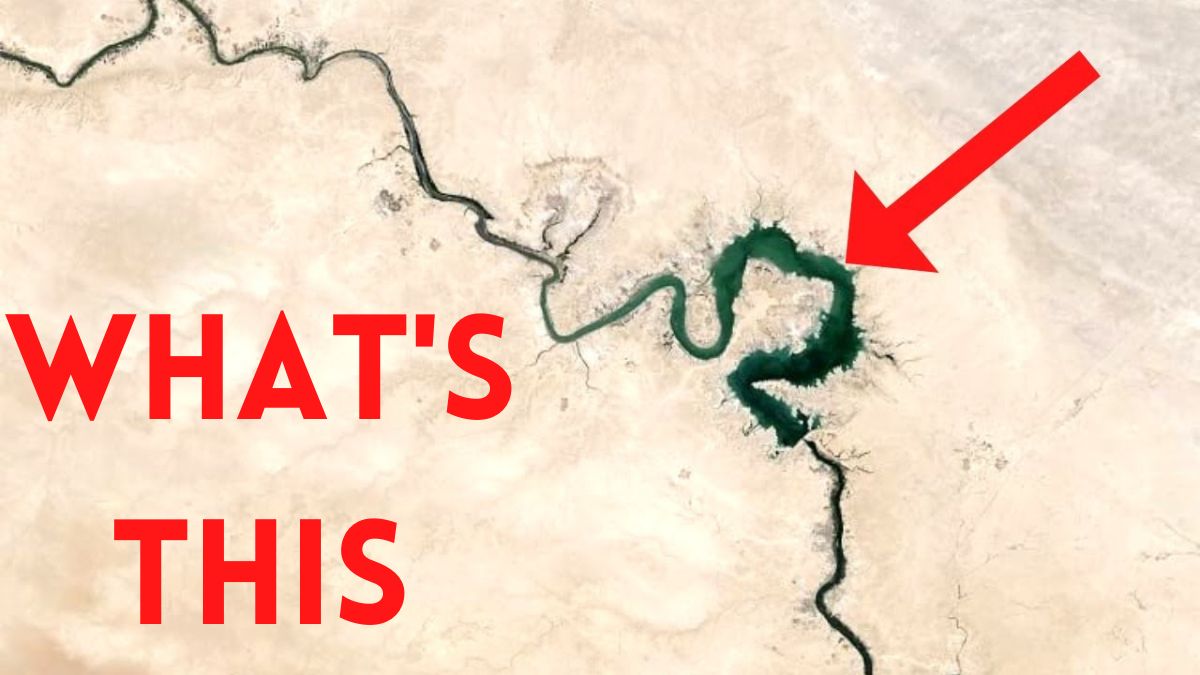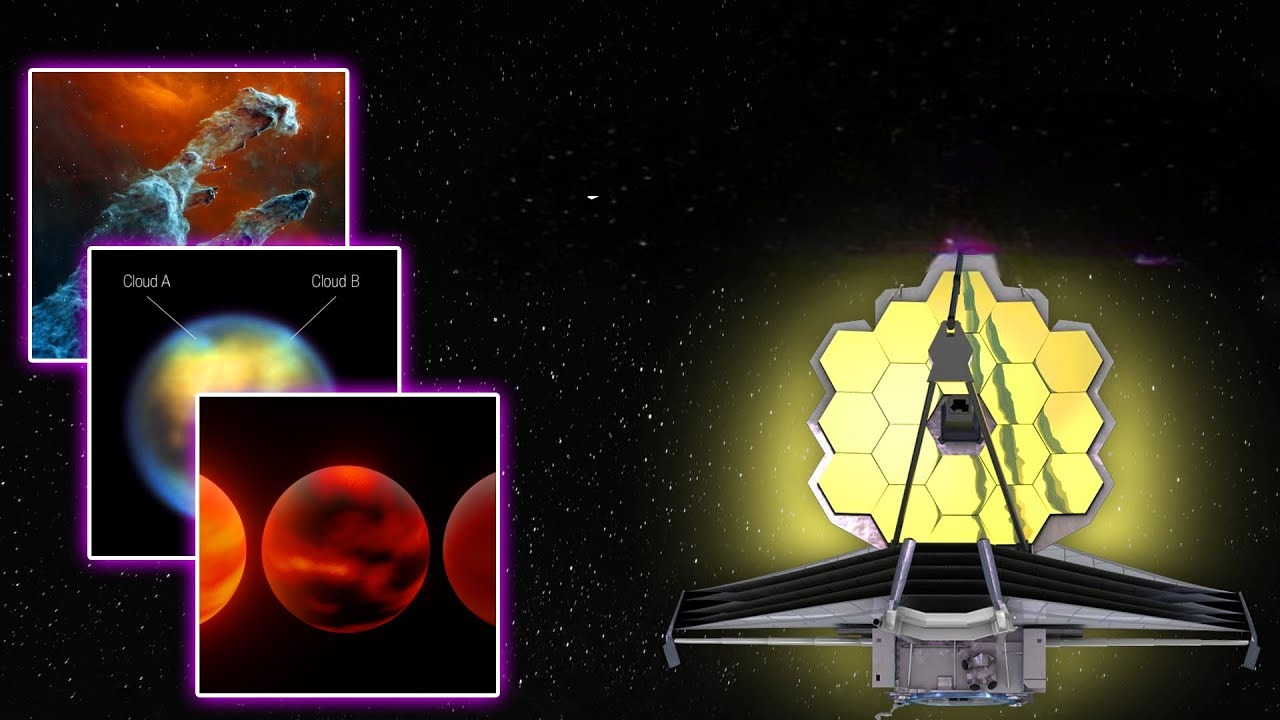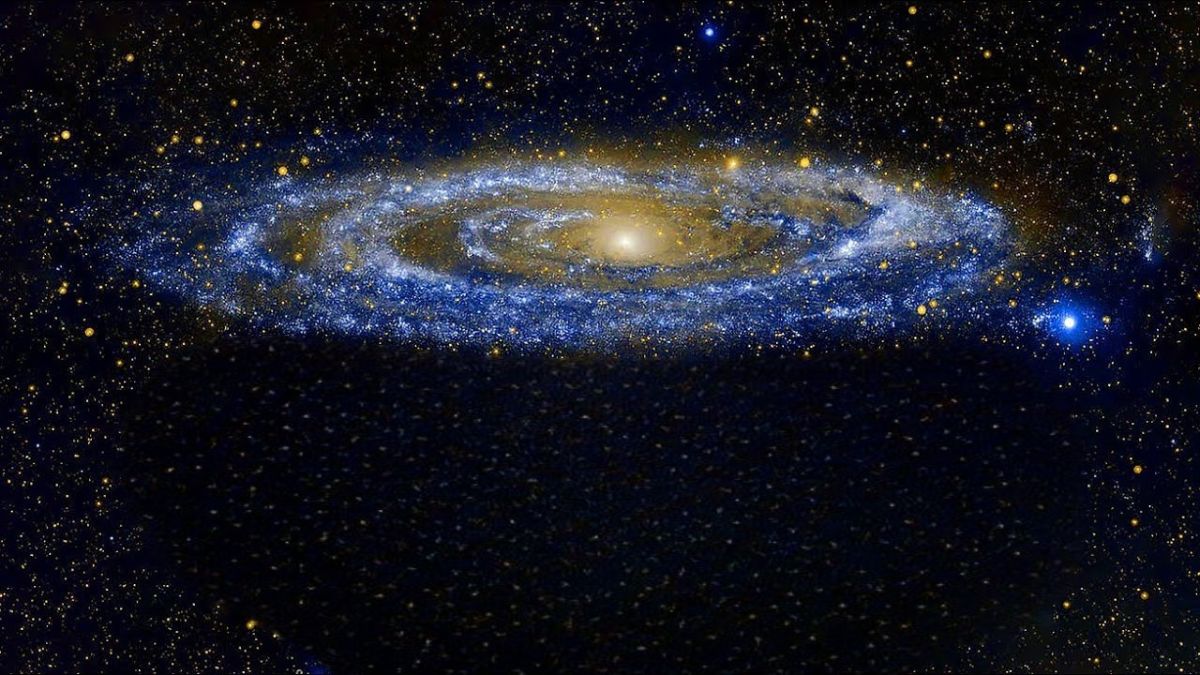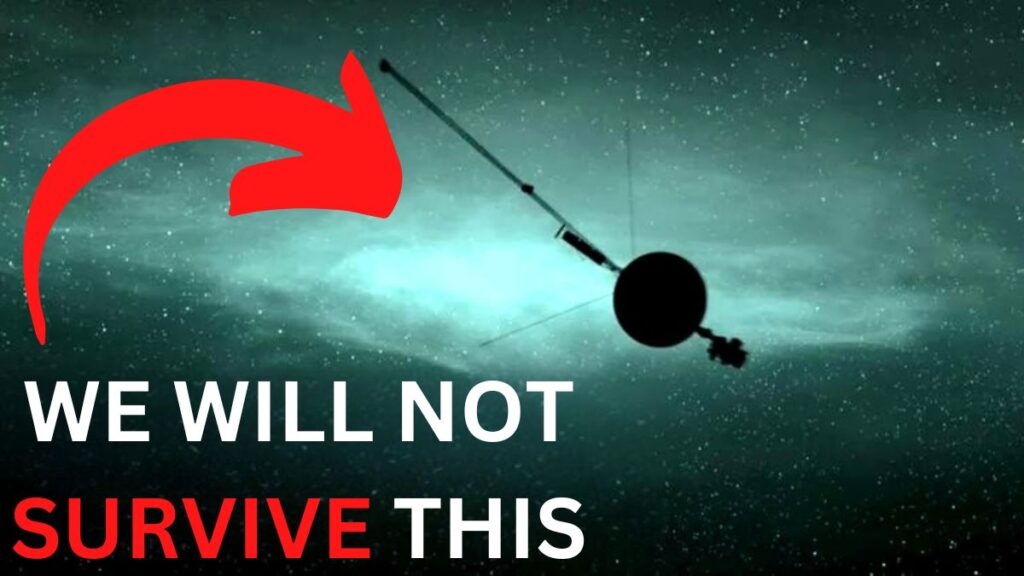
We’re never going to stop exploring the unknown in air and space.
Voyager, in some very real sense, is material that’s not from the medium in which it finds itself.
I was hearing the first of the two Voyager spacecraft to extend man set this farther into the solar system than ever before.
The Earth may be a massive and beautiful place, but in comparison to the rest of the universe it is a mere speck.
Ever since human technology made it possible to launch rockets and satellites into space, people have had an insatiable desire to learn more and more about the mysteries of the universe.
How do we go about it?
Well, with the Voyages delivering us information to process and, well, it’s just sent us a dreadful warning and it’s about to change everything.
Join us as we analyze all that the Voyager has discovered up to this point, along with the terrifying message and what it might mean for the future.
For almost 45 years, the Voyager missions have been an integral part of space exploration, providing some of the very first and most significant glances into the true state of our solar system.
Yet these missions were never intended to survive this long.
When the first plans for the probe were carried out, the idea to send out probes in the 1970s was created out of sheer accident when Michael Minovich realized that a spacecraft could piggyback on the velocity of a planet and catapult further out into the solar system.
According to NASA officials, the Voyager mission was planned to last five years when it was first launched.
However, both Voyager 1 and Voyager 2 are still on the move, gathering crucial scientific data from the deepest reaches of space.
In the summer of 1977, the two spacecraft launched within weeks of each other.
Voyager 1 and Voyager 2 were designed to explore Jupiter and Saturn.
Both spacecraft successfully carried out studies of those planets.
Later, Voyager 2 completed the first ever close observations of Uranus in 1986 and Neptune in 1989.
The flyby trips involving the four planets became known as the Voyager Grand Tour.
After that, the two spacecraft embarked on a new mission to explore distant reaches of space.
NASA revealed in 2013 that Voyager 1 had crossed the boundary separating our solar system from Interstellar space.
The term Interstellar means between Stars.
According to scientists, Interstellar space begins where the sun’s continual flow of particles and magnetic fields cease.
According to NASA, Voyager 2 eventually entered Interstellar space in 2018.
At the moment, the spacecraft was 17.7 billion kilometers from the sun.
So far, the Voyages are the only spacecraft that have explored Interstellar space.
The two explorers investigated how the Interstellar medium interacts with solar wind, the sun’s continual flow of charged particles.
They have also supplied information about the heliosphere, which is a protective bubble that surrounds our solar system.
The solar wind creates the heliosphere, which is molded and changed by Interstellar circumstances.
The actual border of the solar system, the place where solar wind ends and Interstellar space begins, is called the heliopause.
According to NASA, the Voyager spacecraft has supplied fresh knowledge about Interstellar space.
They discovered, for example, that cosmic rays are approximately three times more intense beyond the heliopause than deep within the heliosphere.
Scientists merged Voyager findings with data from subsequent missions to obtain a more complete picture of our sun and how the heliosphere interacts with Interstellar space.
As per NASA, last year scientists announced that Voyager 1 had recorded a humming noise that was linked to waves identified in minuscule amounts of gas found in the near emptiness of Interstellar space.
Nicola Fox, the director of NASA’s heliophysics division in Washington DC, stated in a statement that the Voyager’s missions had supplied significant information about the sun and the sun’s influence throughout the solar system over the past four decades.
Experts are still puzzled as to how voyages can continue to operate in temperatures well below what they were built for.
Scientists have also detected something weird going on in the Solar System’s outskirts.
The heliopause, which is the barrier between the heliosphere and the Interstellar medium, appears to be rippling and creating oblique angles in an unexpected way.
The general concept that the heliopause changes shape is not new.
Over the past decade, researchers have determined that it is not static.
They made this discovery using data from the only two spacecraft to leave the heliosphere thus far, Voyager 1 and Voyager 2, as well as NASA’s Interstellar Boundary Explorer (IBEX) satellite, which studies the emissions of energetic neutral atoms (ENAs) produced when solar winds and the Interstellar medium interact.
The Voyager spacecraft provide the only direct, in-situ measurements of the locations of these boundaries, but only at one point in space and time.
Eric Zernstein, a space physicist at Princeton University, wrote in an email to Vice, ‘IBEX helps round out that data.
Scientists have used the data to develop models that forecast how the heliopause will change in the future.
In a nutshell, solar winds and the Interstellar medium push and pull on each other to form a constantly shifting boundary.
However, recent heliopause research has revealed data that contradicts prior findings.
IBEX documented the brightening of ENAs that suggested asymmetries in the heliopause over a period of many months in 2014, and the scientists later found such asymmetries were incongruent with the model’s, Vice reported.
Furthermore, scientists observed that the heliopause shifted substantially in a relatively short amount of time after studying data from Voyager 1 and Voyager 2.
That explains why there was such a significant gap between the two probes’ entries into Interstellar space in 2012 and 2018, respectively.
However, the heliopause’s movement also contradicts the theories.
The researchers called these disparities ‘entry-speaking,’ and potentially controversial in an article published October 10 in the journal Nature Astronomy.
They intend to continue investigating the heliopause in the hopes of gaining more information from NASA’s Interstellar Mapping and Acceleration Probe (IMAP), a new and improved satellite that can detect ENAs and is set to debut in 2025.
According to Zernstein, ‘we can only speculate on this odd occurrence occurring in the ghostly depths of the solar system till then.
‘ In the middle of May, the Voyager 1 on-board system that is responsible for keeping its High Gain antenna pointed at Earth and is known as the Attitude Articulation and Control System (AACS) started beaming home confusing jumbles of data, rather than typical reports about the spacecraft’s health and status.
From our vantage point, it seemed as though the spacecraft had developed a condition similar to an electronic aphasia, a condition that results in the impairment of one’s ability to speak fluently.
It’s possible that the data were generated at random, or that they don’t reflect any probable state at all.
According to NASA’s explanation in a statement from the time, the AACS could be in even more perplexing for the engineers was the fact that despite the strange status updates from the spacecraft, Voyager 1 looked to be in excellent condition.
The radio signal coming from the ship is still strong and consistent, which indicates that the antenna is still aimed at Earth and is not in the configuration that the AACS claimed it wasn’t.
To NASA, similarly, the science systems on Voyager 1 continued to collect and transmit data as usual, despite the fact that the AACS was experiencing the same strangeness.
Furthermore, whatever was wrong with the AACS did not trigger a fault protection system that is designed to put the spacecraft into safe mode whenever there is a glitch.
Fortunately, NASA engineers identified the problem and were able to implement a solution.
It was discovered that the AACS had begun delivering its telemetry data through an onboard computer that had stopped functioning many years earlier.
All NASA engineers had to do was issue the command to the AACS to utilize the right computer to send its data home, because the dead computer damaged all of the outgoing data.
The next challenge will be determining what prompted the AACS to swap systems in the first place.
According to NASA, the system most likely received an incorrect command from another onboard computer.
While they claim it is not a serious concern for Voyager 1’s well-being at the moment, the underlying culprit must be located and rectified to prevent future strangeness.
Voyager 1 has spent the last decade drifting in Interstellar space beyond the reach of our Sun’s magnetic field.
The field shielded the craft from cosmic rays and other Interstellar radiation, in the same way that Earth’s magnetic fields shield us from high energy particles and radiation from the Sun.
When one of those high-speed energetic particles strikes a computer chip, it can cause minor memory errors that mount up over time, and it’s realistic to expect that to be a concern for Voyager 1’s on-board computers as well.
A mystery like this is sort of par for the course at this stage of the Voyager mission,” said Susan Dodd, project manager for Voyager 1 and 2, in a statement.
“Both spacecraft are about 45 years old, which is much beyond what the mission plan is expected.
We are also in Interstellar space, which has a high radiation environment that no spacecraft has ever flown in before.
The journeys that these spacecraft have taken up to this point have been remarkable.
Let’s hear your thoughts about Voyager 1 in the comments down below.




